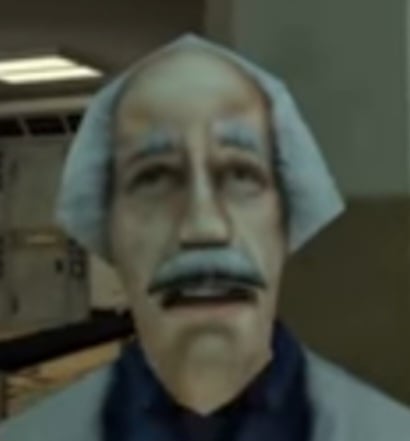That’s why the concept of food chain is phased out in favor of food webs which can more accurately model relationships.
Doesn’t have the same ring to it. I guess it will take time for “food webs” to get in our language, if ever.
For most spiders every web is a food web.
There’s a pithy saying about science that goes, “All models are wrong, but some models are useful.”
“The food chain” isn’t a real thing, it’s just a conceptual model that humans use to organize and analyze information about the natural world. In actual, messy reality, all sorts of organisms eat other organisms all willy-nilly. We model that as “the food web”, because these phagic connections are all interlinked. I mean, mosquitoes which bite humans also get eaten by other creatures, which die and get eaten by detritovores, which build soil, and the nutrients absorbed by plants, which humans eat. Polar bears die and their bodies recycled the same way. That makes a web of connections.
As a conceptual model, “the food chain” is just a linear series of links in the food web. Picking out the start and the end is entirely arbitrary. Doing so can be useful in some scenarios, such as tracing PFAs up the food chain from polluted water to plankton, to small fish, to big fish, to bears and eagles and humans. In other cases, it’s not quite as useful, such as putting polar bears at the top of the food chain. I guess it’s useful, though, if it reminds you that polar bears are dangerous. But they mostly hunt seals, and only incidentally kill people, but people also hunt seals, and sometimes incidentally kill polar bears; the model gets complicated quickly.
Anyway, yes, humans can be below mosquitoes and polar bears on the food chain, if that’s how you decide to lay out a particular food chain.
There’s a pithy saying about science that goes, “All models are wrong, but some models are useful.”
It reminds me of something a sociology professor said about economic and sociological theories being lenses that focus on particular aspects of the world–they can’t see everything, but often they can narrow in on certain parts to aid our understanding.
They are after humans in the food web.
The food web is directed but not acyclic, meaning that arrows can point in a loop.
An example of a directed, acyclic “web” (technically a graph), would he books being published that quote other, previously published books.
Another is (ideally) the library dependencies of a codebase. If you end up with a loop in your dependency graph your package manager will probably fail.
An example of a non-directed graph is the covid contact data that our phones were collecting if we opted in during the pandemic. If I was close to you, you were close to me. It basically means if we drew you and I as dots on paper, it would be a line connecting us not an arrow.
The food web is directed (there is the eater and the eaten) but not acyclic. I can eat a bear, and the bear can eat me, which would be represented not as one line, but as two arrows pointing to and fro.
Great explanation of the concept of a food web. Grew up only knowing the food chain as well. Still kind of fuzzy on the rules for direction with certain animal pairs and whether it’s based on predation capability or something else.
After I saw the video of the horse eating the chick I just gave up on trying to understand it
Yep saw that one and another with a deer eating a bird. So I think there’s new categories for animals now too on what they eat. Instead of carnivores, omnivores, and herbivores. There’s obligate carnivores and opportunistic carnivores. Apparently even pandas would kill for some protein if given the opportunity.
Gonna be a 3-D food web once we get all the new science rules settled.
Has there been two papers that quote each other?
Mosquitoes don’t “eat” the blood they suck. They use it for their eggs.
No.
Polar bears are one of the few mammals in which “most” of them see humans purely as food. While many other large carnivores are often more careful around adult humans and don’t often go for them directly, unless very hungry, desperate or with offspring.
But it is not strict rule.
On top of that, mosquitos don’t eat mammals in the way you’d think of a “food chain”, as they’re not trying kill their target, just take a small part. The deadly diseases are for them an unintended and actually unwanted side-effect, they want us alive so we’ll make more blood for them to reproduce.
Are parasites treated like predators in fond chains?
Mosquitoes, no. Polarbears, absolutely. If it’s brown, lie down, if it’s black, fight back, but if it’s white, fuck you your death was premeditated and the bear has every intention to kill you no matter what.




